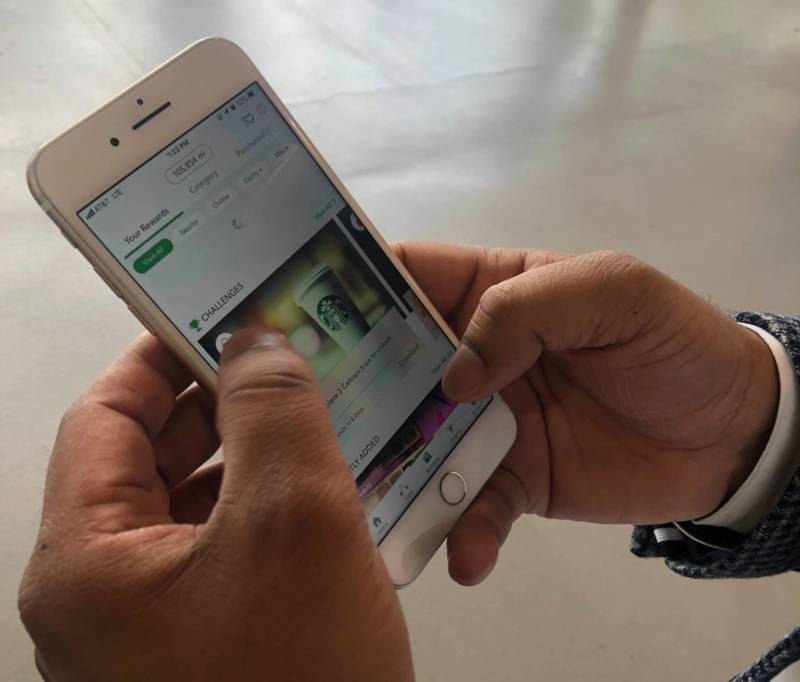"So from the consumer perspective it's extremely simple that the more they use the transit services the more they contribute towards greener travel," Shah said. "It's better for the consumers, better for the cities and transit operators and for us."
Miles makes money by collecting a fee from the companies who give out rewards on the app. It gives the companies a chance to publicize a new product or get people to use their service.
Miles recently partnered with CalTrain and SamTrans to give commuters extra rewards for riding with them.
But rewards apps like these only work if they can keep people engaged beyond the initial buzz of trying something new, according to Alex Bayen, director of UC Berkeley's Institute of Transportation Studies. He says there's three things that make people want to participate:
- Am I making enough money from this to make it worth my time? Everyone has a dollar value they attach to an hour of their time. Often it's what you charge for an hour of work. Here in the Bay Area, that tends to be very high. "So clearly money by itself is not just going to be the factor by which people will keep engaged," Bayen said.
- Gamification. This type of app is on the fringes of the gaming industry, Bayen said. But, nevertheless, the challenges and maps that Miles employs could be "fun" enough to keep people engaged like the app is a game.
- Attaching other values to the program besides money. Miles, for example, incentivizes walking and biking by rewarding you with more "miles" than for other forms of transit. "So people rationally might [say], 'Oh this app actually helps me behave better,' better being healthier," Bayen said.
Caltrain rider Tanya Kameswaran says she'd want the reward to be for something useful, like 10% off an Apple product. But it'd have to come quickly.
"Probably every hundred miles," she said. "Short attention span."
That's little faster than what Miles is offering. It typically takes a week of using the app to get a reward, according to Shah. But the app's roughly 5,000 Bay Area users do seem to think that's worth it.
